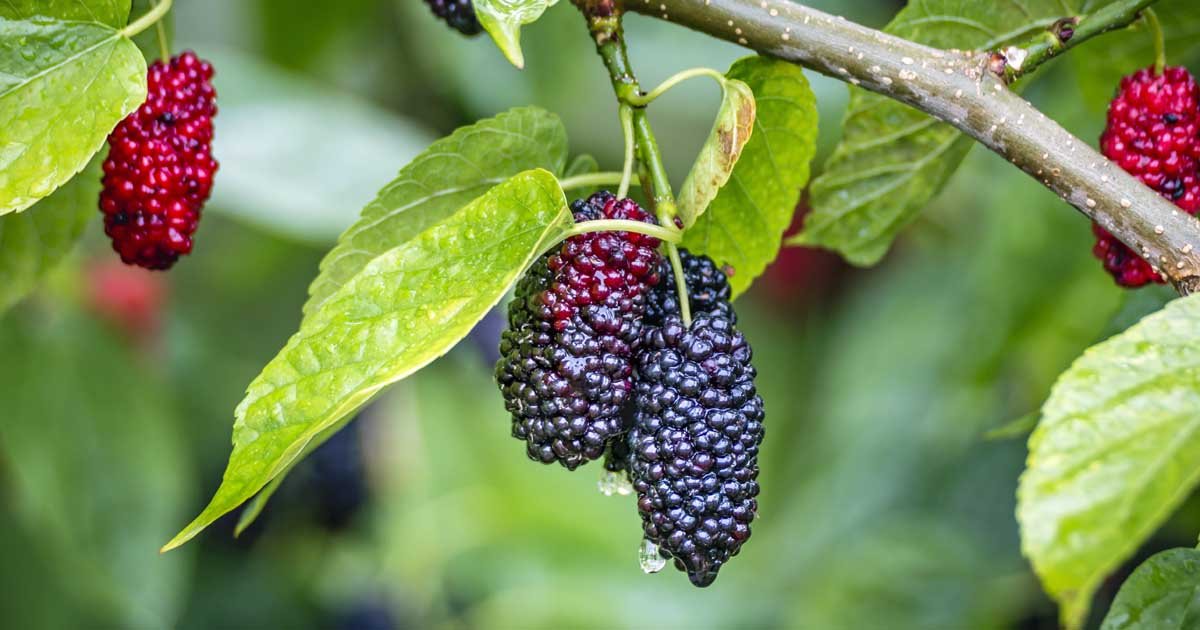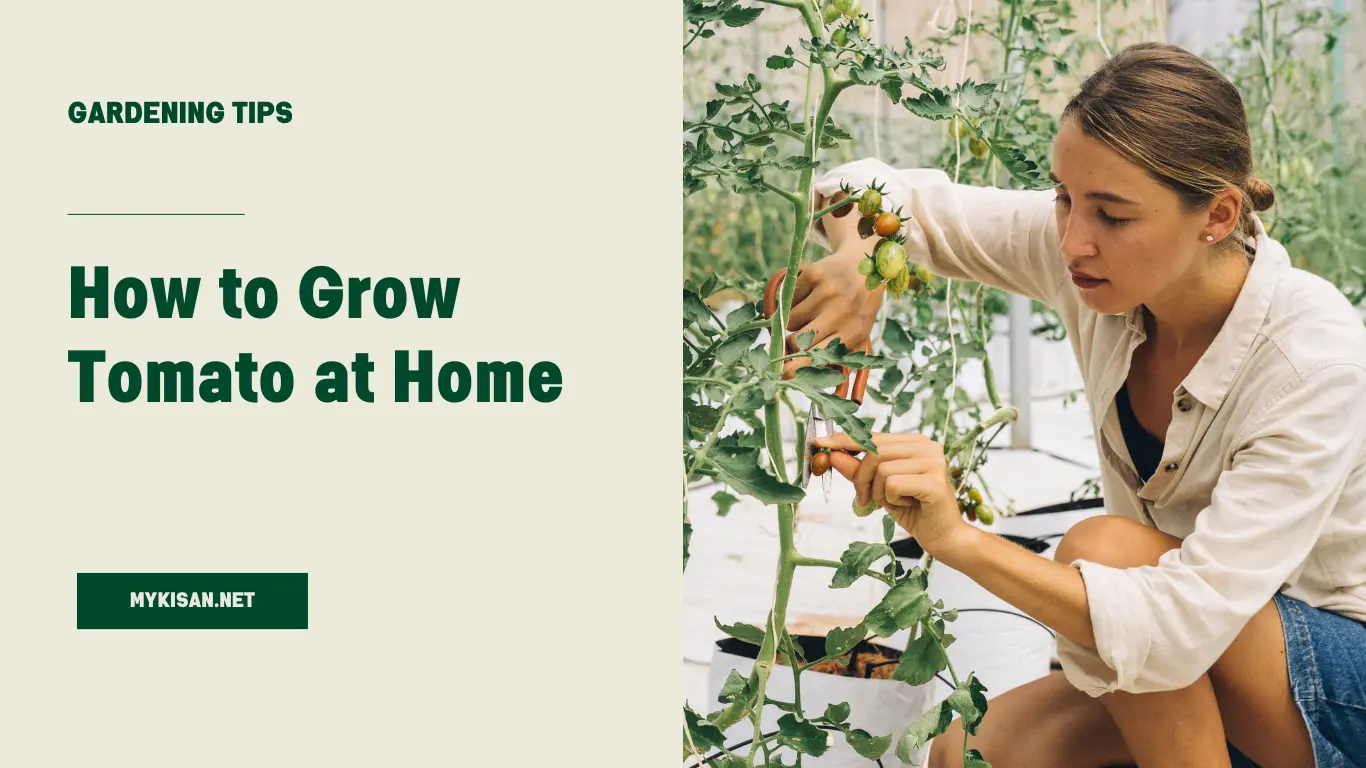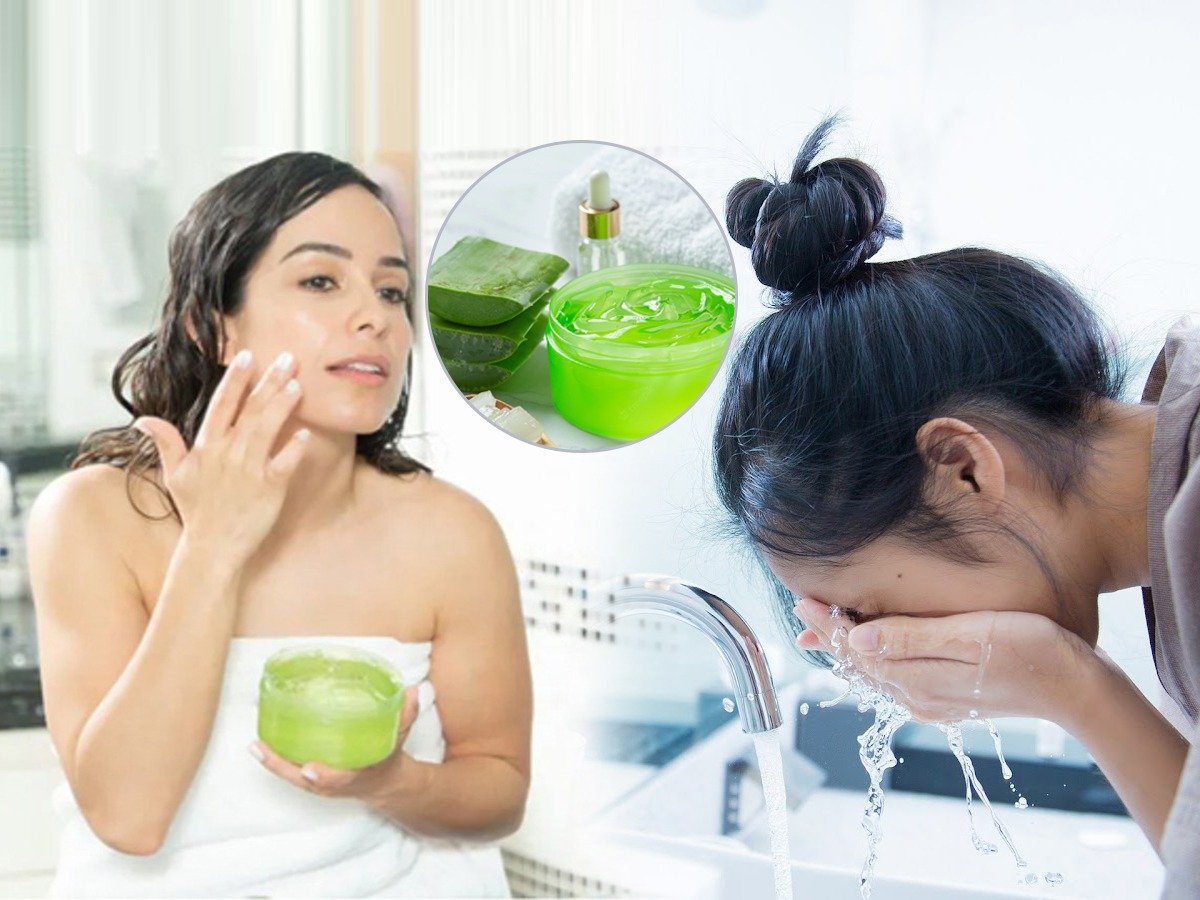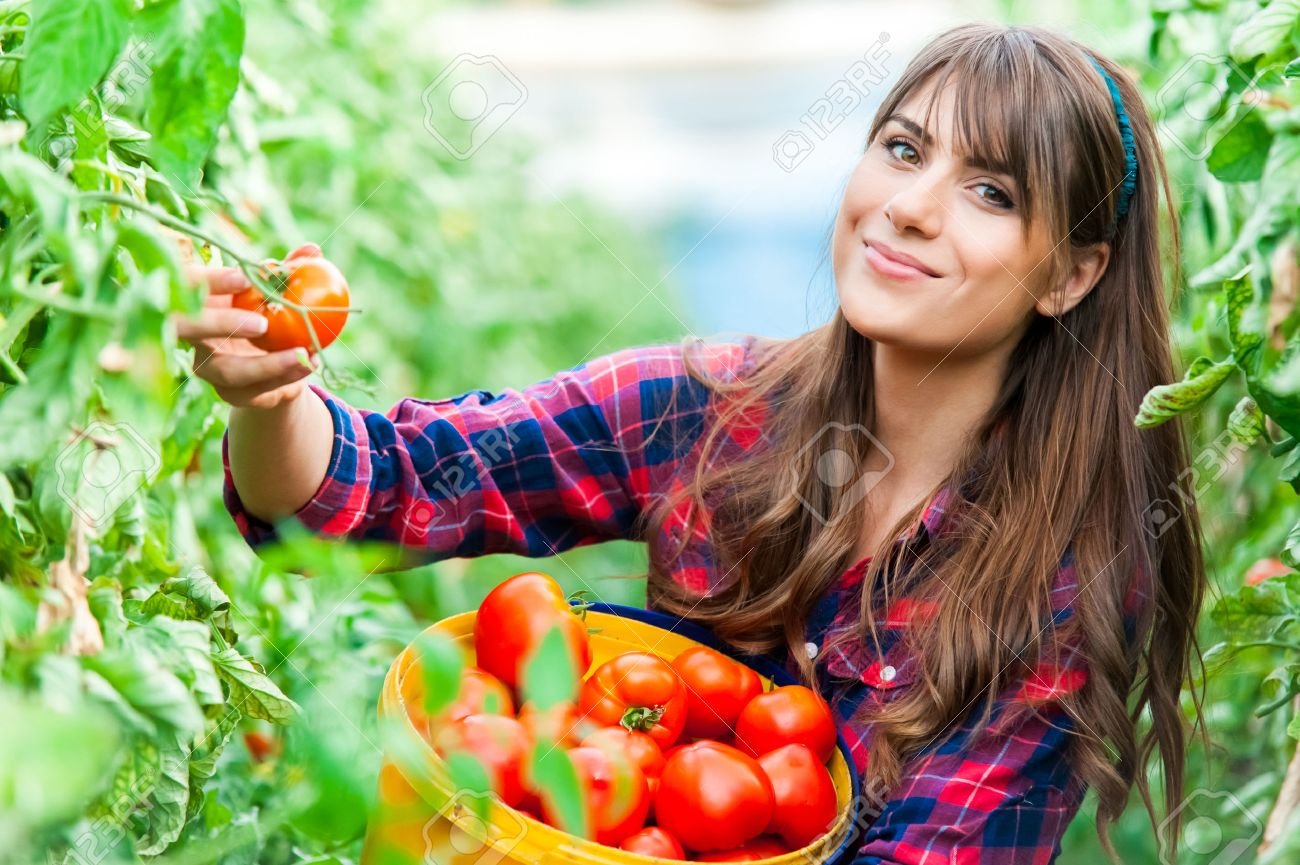
A Common Tomato-Growing Mistake Has Burned How Everyone Needed to Learn It the Hard Way
The Common Mistake: Overwatering
Tomato gardening is a beloved hobby for many, offering the joy of harvesting fresh, home-grown produce. However, even seasoned gardeners can fall prey to a common yet significant mistake that jeopardizes their crop. One experienced gardener has issued a warning about this often overlooked error, sharing insights to help others avoid the same fate.

The mistake? Overwatering your tomato plants. While it may seem counterintuitive, too much water can be as detrimental as too little. Overwatering can lead to root rot, a condition where the roots of the plant become waterlogged and start to decay. This weakens the plant, making it susceptible to diseases and reducing its ability to absorb essential nutrients.

Understanding the Symptoms
Identifying overwatered tomato plants can be tricky. Symptoms include:
- Yellowing Leaves: Often mistaken for nutrient deficiency, yellowing leaves can indicate excessive water around the roots.
- Wilting: Surprisingly, overwatered plants can wilt just like those that are under-watered.
- Cracked Fruits: When tomatoes take in more water than they can handle, the excess causes the fruits to swell and eventually crack.
- Blossom End Rot: Overwatering can disrupt the plant’s calcium uptake, leading to this common fruit disorder.
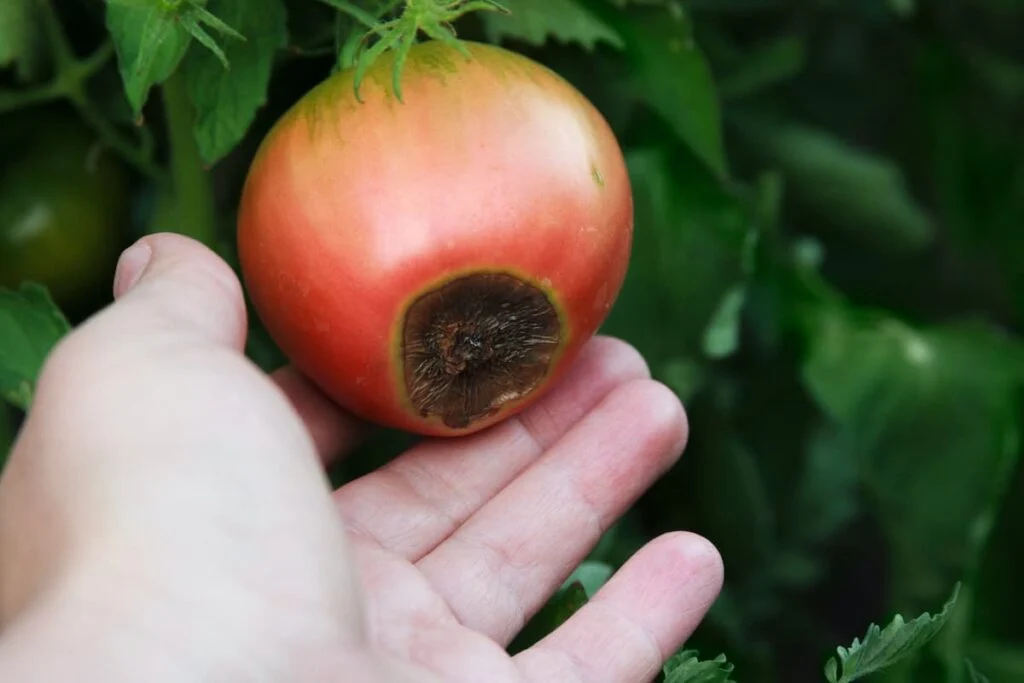
Why Do We All Have to Learn This the Hard Way?
Many gardeners, especially beginners, assume that more water will help their plants grow faster and healthier. However, this well-intentioned mistake often leads to disappointment and frustration. As the experienced gardener aptly puts it, “Why do we all have to learn this the hard way?” The answer lies in understanding that tomatoes, like many plants, thrive best with a balanced watering routine.
Best Practices for Watering Tomato Plants
To avoid overwatering, consider these best practices:
- Water Deeply but Infrequently: Instead of watering a little every day, aim for deep watering sessions less often. This encourages the roots to grow deeper, making the plant more resilient.
- Monitor Soil Moisture: Use a soil moisture meter to check the dampness of the soil at root level. Water only when the top inch of soil is dry.
- Mulch: Applying a layer of mulch around your tomato plants helps retain soil moisture, reducing the need for frequent watering.
- Well-Drained Soil: Ensure your garden bed or containers have good drainage. This prevents water from pooling around the roots.

Gardening is a continuous learning process, and even the most common mistakes can teach valuable lessons. By heeding this gardener’s warning about overwatering, you can avoid the pitfalls that many have faced and enjoy a bountiful tomato harvest. Remember, the key to healthy tomato plants is not just in how much you water, but how wisely you do it.

